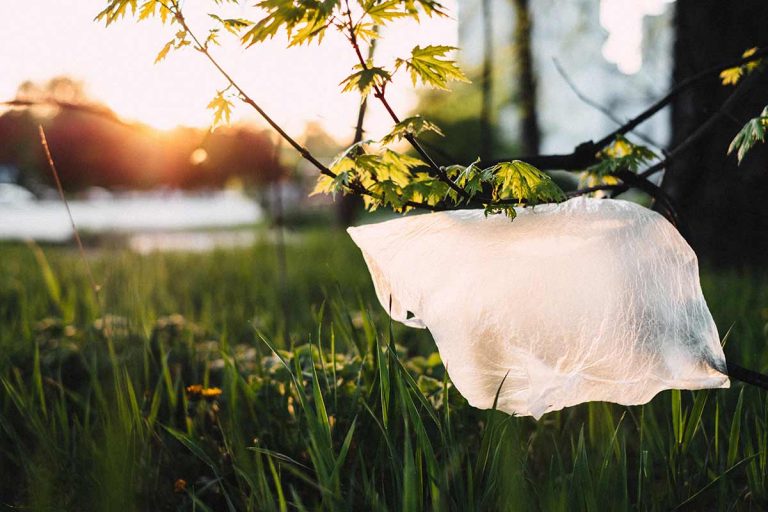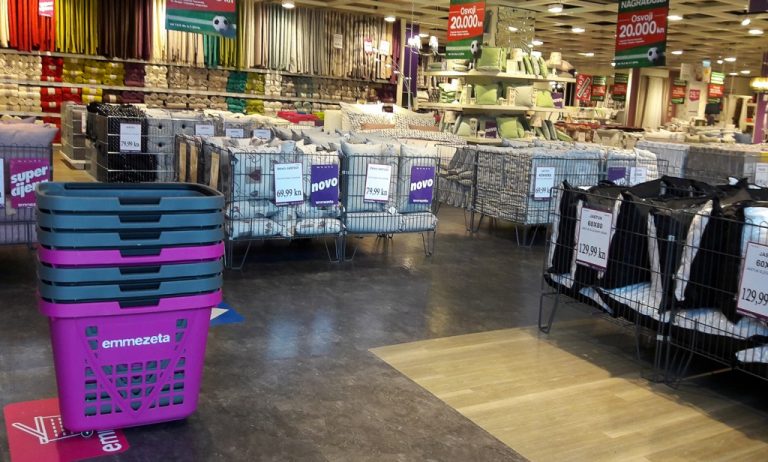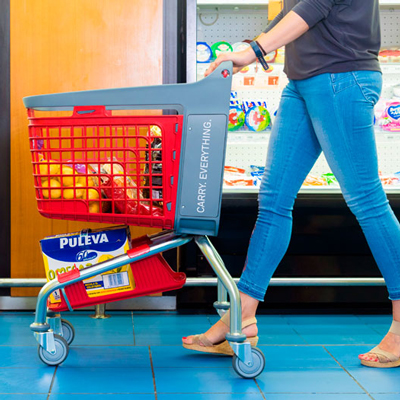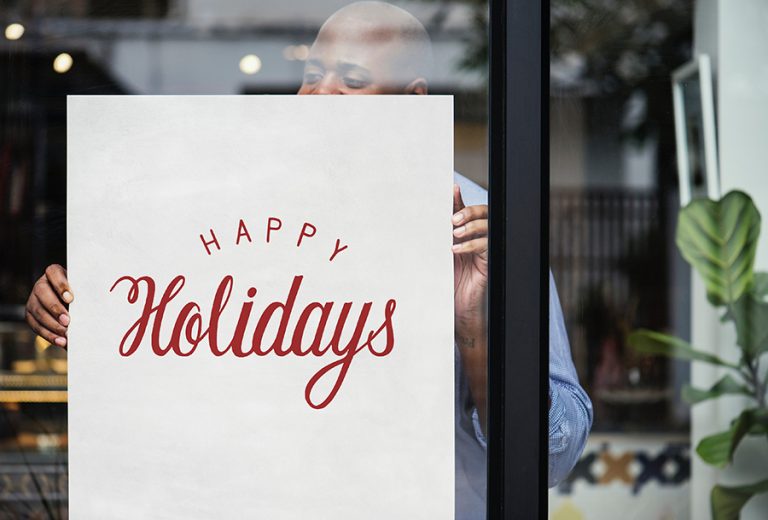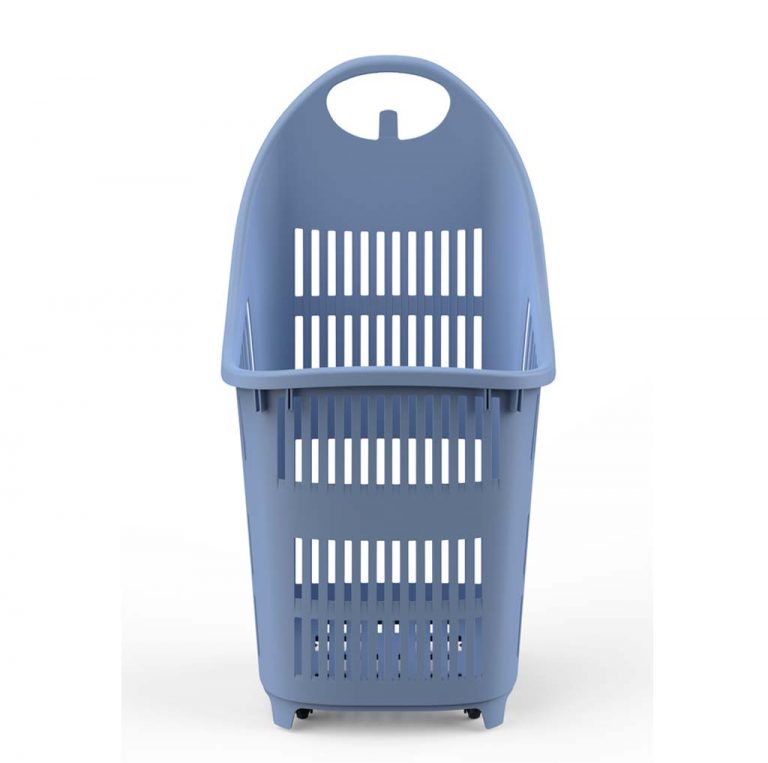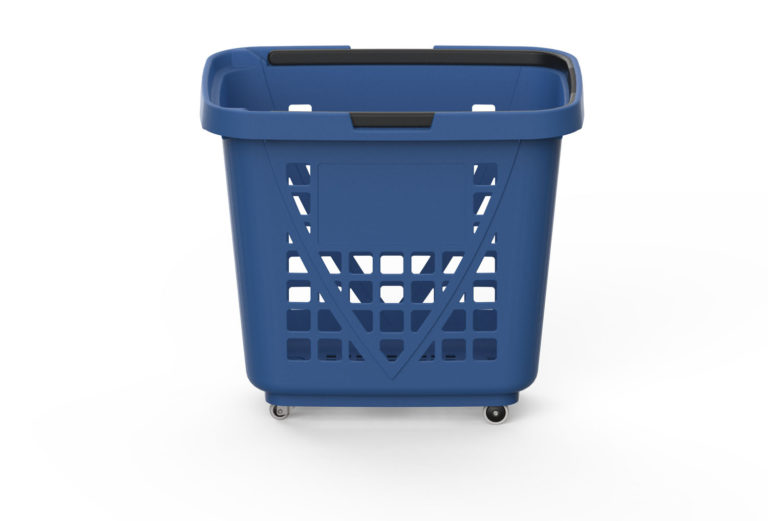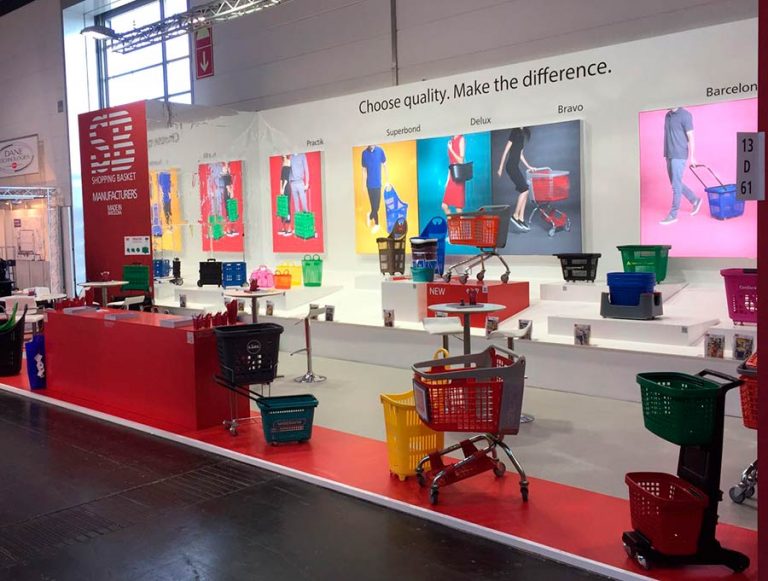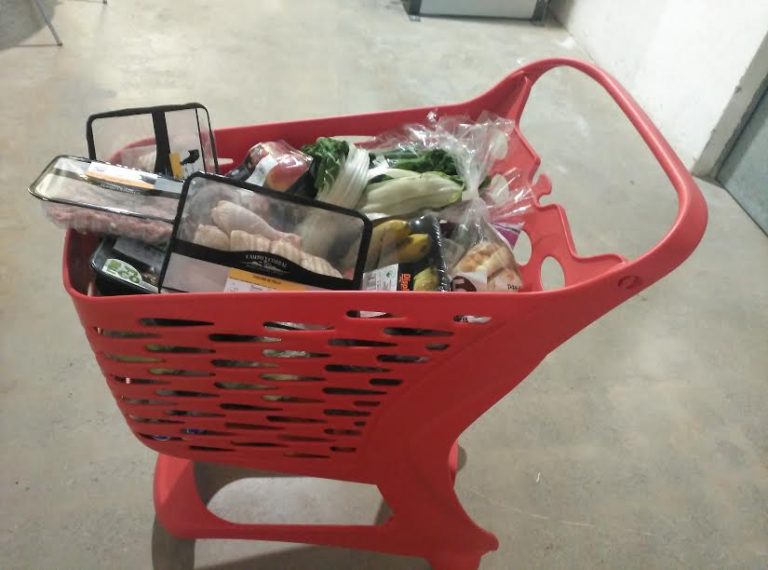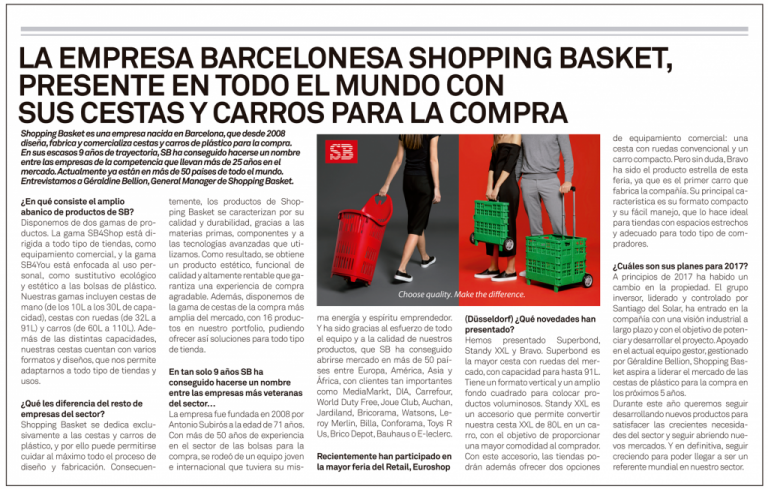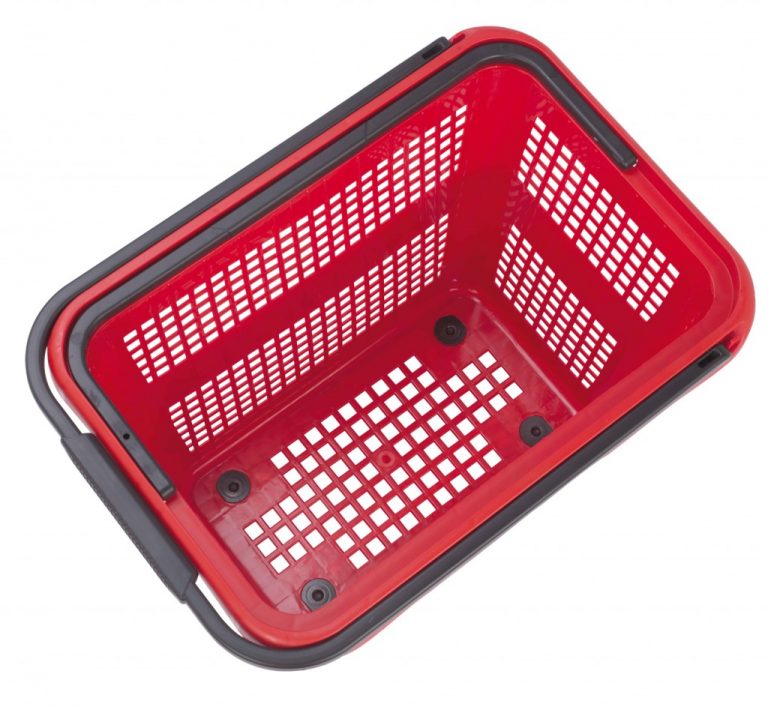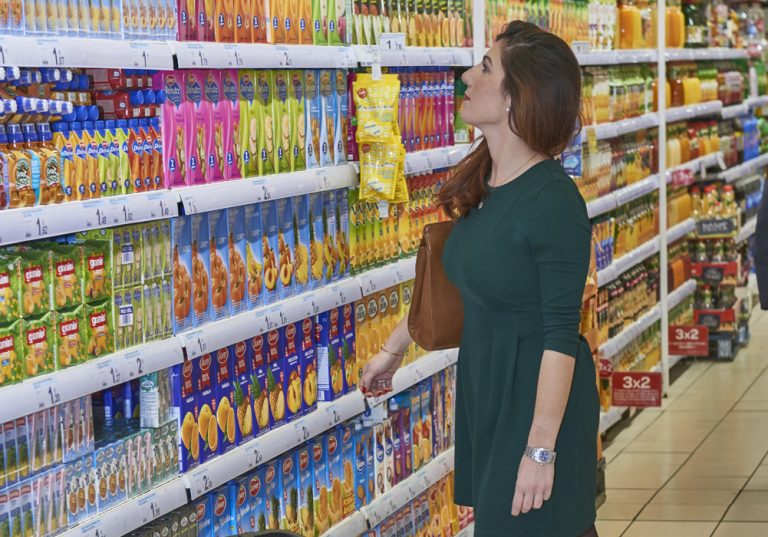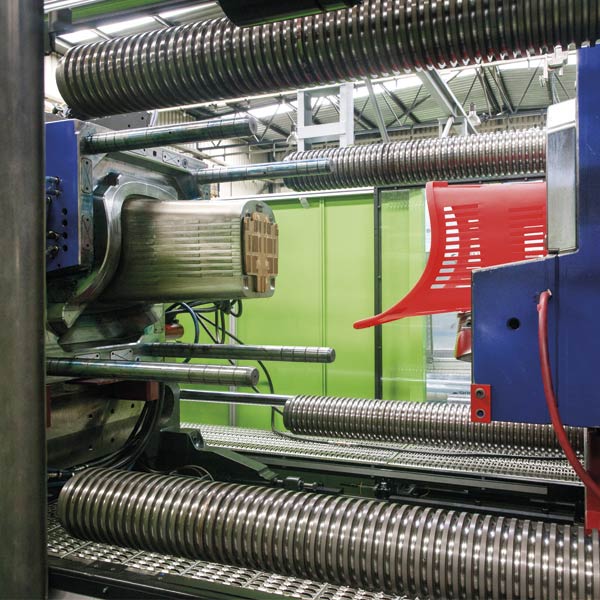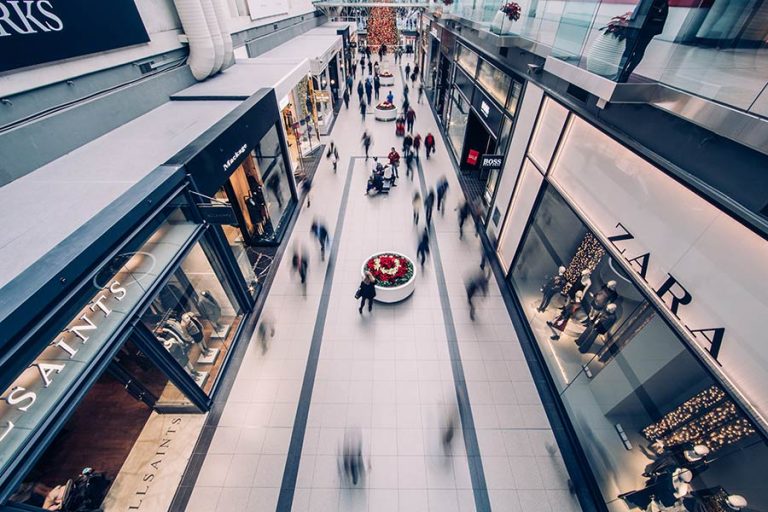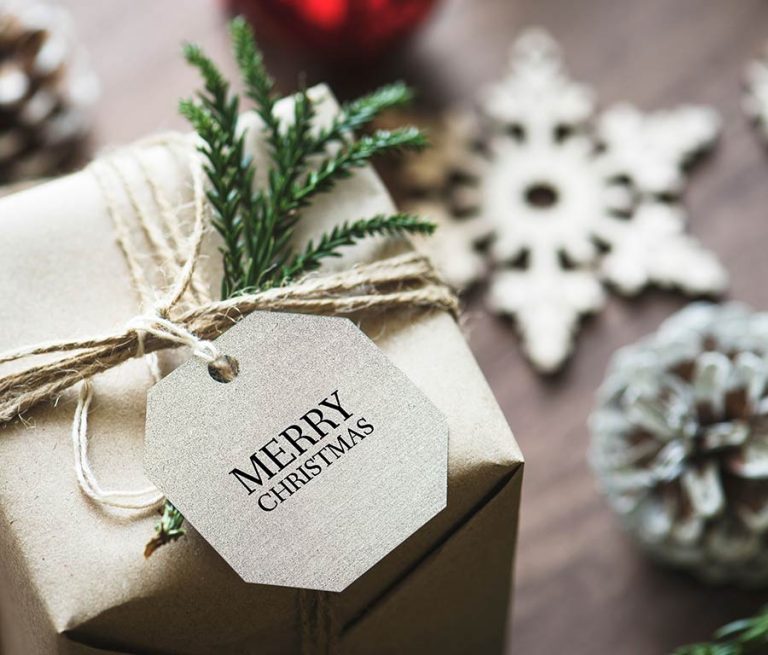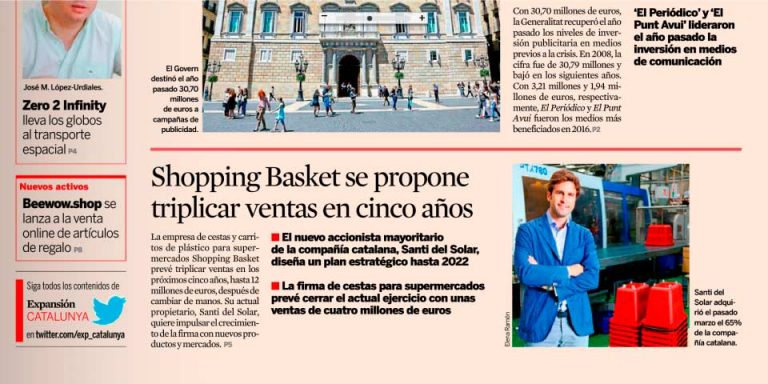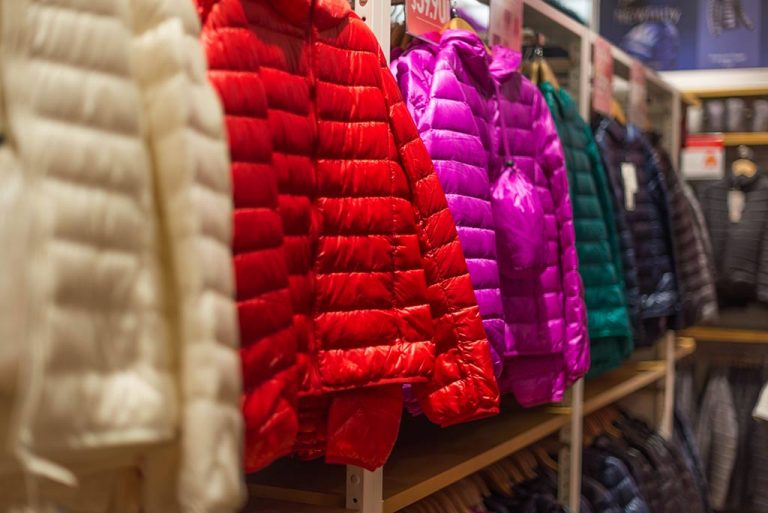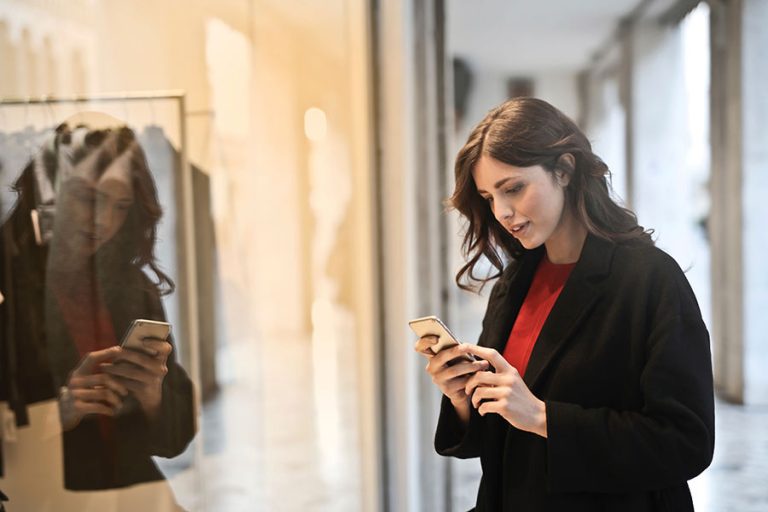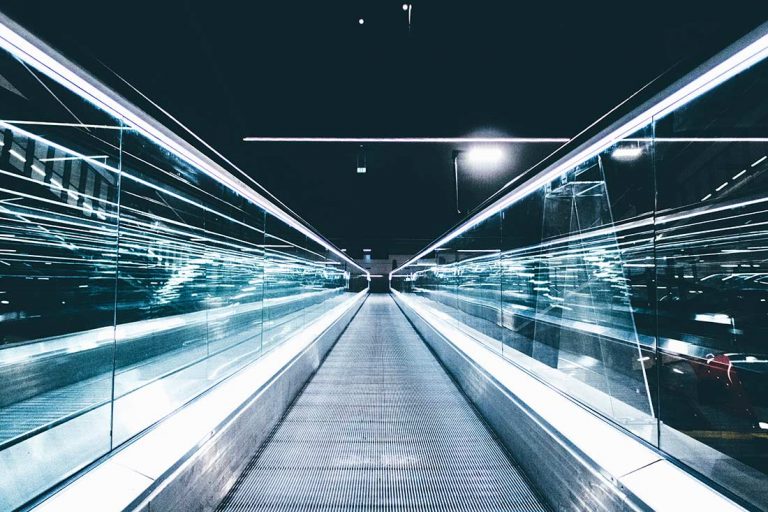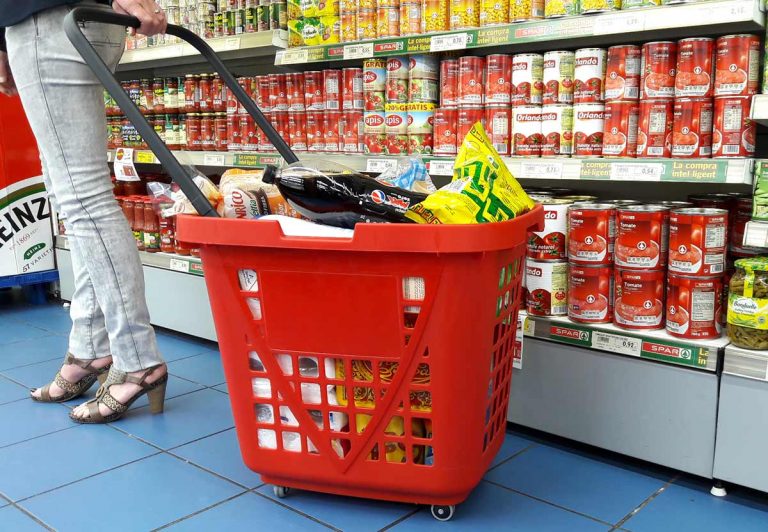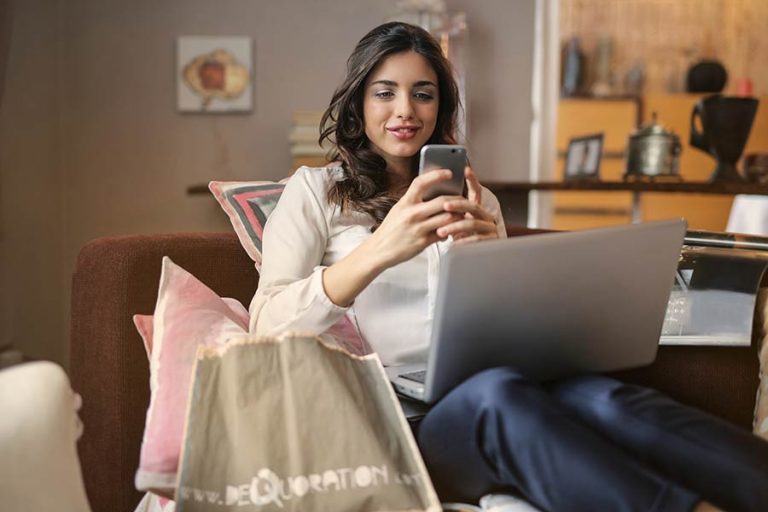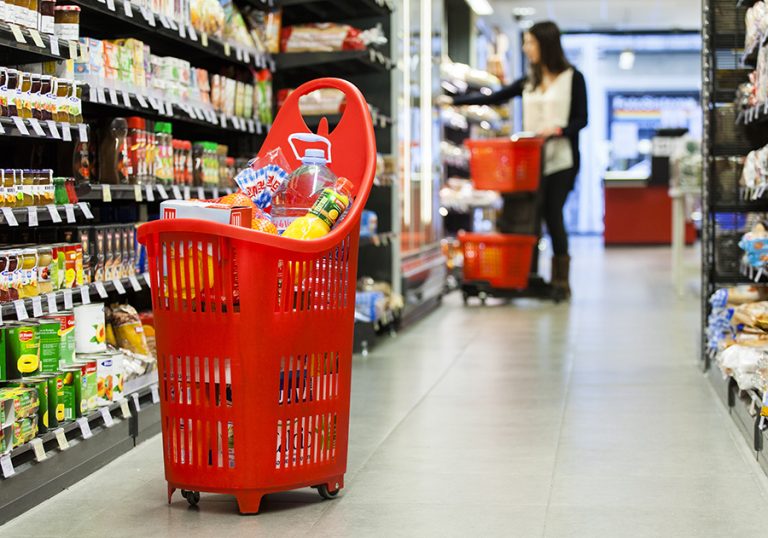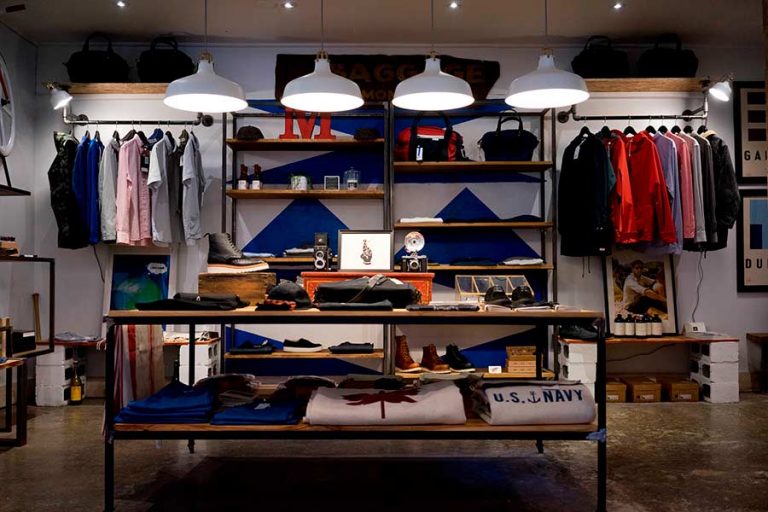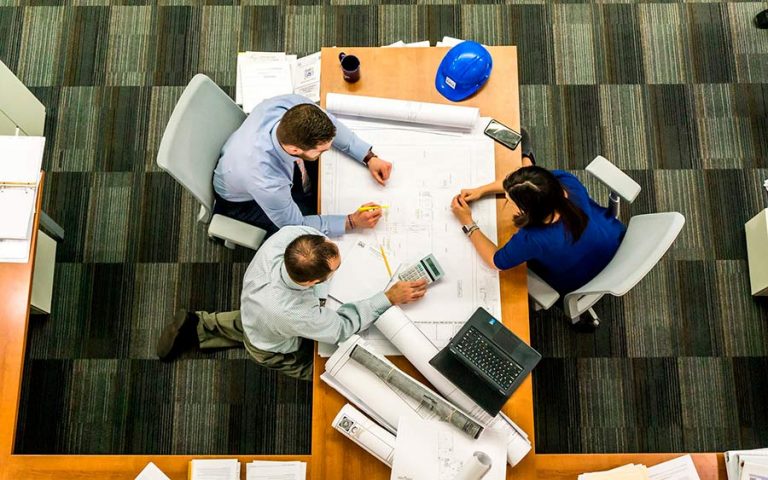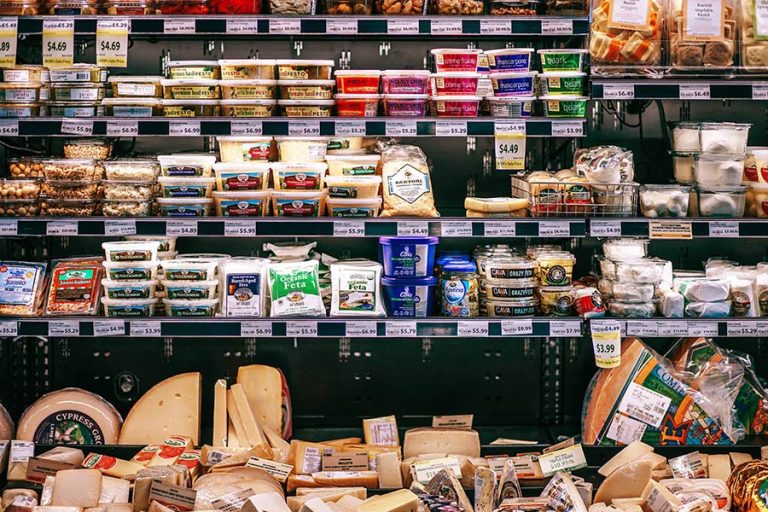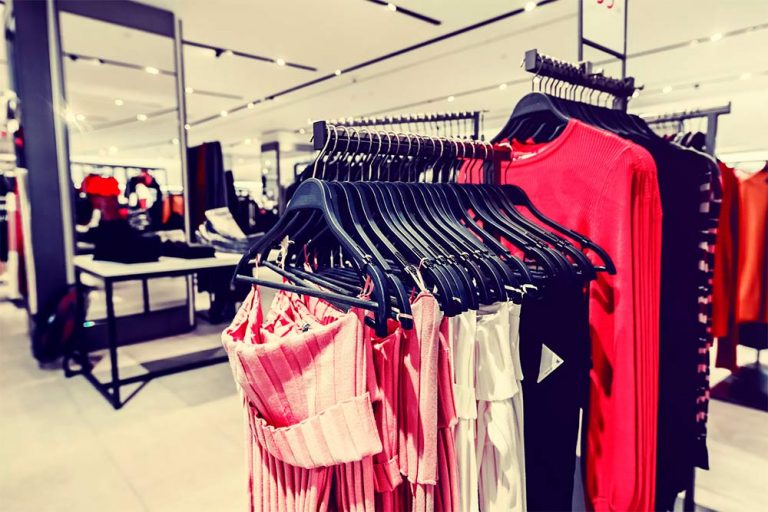As we saw in our last post of Retail trends for this 2020, sustainability and recycling are current trends in all sectors. Today consumers are demanding brands more commitment to the environment. Therefore, they are willing to pay more for recycled products. A large amount of debris floating in our seas, added to the threat of climate change, has made the population aware. We hear about the circular economy, sustainability, CO2 emissions, post-consumer, post-industrial recycling, upcycling, etc. And this one, what does it mean?
What is Upcycling?
Upcycling is the transformation of objects that have already fulfilled their function and others that may continue to be used for another purpose. In this way, they are given new life and continue to be used. The purpose is to take advantage of the items turning them into new objects. It is a way of giving value to waste.
The term was coined in 1994 by authors Michael Braungart and William McDonoughen in their book Cradle to Cradle: Remaking the Way We Make Things. It is a neologism made up of the words “recycling” and “up” which means to improve what you already have.
During the last decades, our capitalist economies have practiced the linear economy based on buy, use and discard. The result of years of this type of consumption translates into air pollution that every year causes the death of more than 4 million people worldwide. Large European cities already apply restrictions to their downtown cities to improve air quality.
Therefore, it is not surprising that upcycling is a trend for this year. Besides, it extends throughout the retail industry and many other sectors like architecture or fashion.
Differences between recycling and upcycling
On the one hand, upcycling aims to transform obsolete objects, adding value to them. However, these do not usually lose their original shape and are usually recognizable even after transformation.
On the other hand, recycling is an industrial process that transforms waste. It breaks them down thanks to different methods (mechanical, chemical, etc.), making it very difficult to guess what the original form of this new recycled material was. These days, for example, some textile materials are made from bottled plastic recovered from the oceans.
Benefits of upcycling
1. Saving resources
When we upcycle we are giving new use to an object so we are saving resources. By not having to manufacture it, we are contributing to the sustainability of the planet.
2. Decreasing waste
By giving this object another use, we prevent it from becoming waste. In this way, we avoid sending to landfills objects that could be reused.
3. Reducing the consumption of energy and natural resource
Did you know that more than 2000 liters of water are used to make a cotton shirt and around 5500 liters for a men’s suit? Therefore, if we give a second use to the products already manufactured, we manage to save on the limited material resources that we have.
4. Encouraging imagination
In addition to saving natural resources and money, upcycling sharpens the creativity of both young and old.
Retail initiatives
Retuna Recycling Mall
In 2015, the first shopping center dedicated entirely to recycled products was opened in Sweden. It has 11 permanent stores and 3 pop-up stores where you can find toys, electronics, jewelry, a restaurant, etc.
The shopping center consists of a recycling center where you can deposit objects that you no longer want. Subsequently, a social company receives, classifies, and distributes the merchandise. Everything is used, even the pieces that cannot be transformed by the merchants of the center, are sent to other institutions. Besides, the center organizes talks and workshops on sustainable consumption and the environment.




Source: www.retuna.se
Instock Restaurant
It all started in 2014 when four workers from the Dutch food chain Albert Heijn started working together to reduce food waste. They started by collecting unsold food from more than 80 chain supermarkets and taking them to food recovery centers. These were acquired by local restaurants to be transformed into cooked food.
In addition, they have managed to market the Pieper Bier, a beer made from potatoes, and Bammetjes Bier, another one made from hard bread.


CONSUMERS
This mid-2019 article states that each Dutchman wastes an average of 21 kg of solid food annually.
PRODUCERS AND FARMERS
39% of food waste is produced by farmers due to overproduction and not good-looking fruits and vegetables. At Instock restaurants, their chefs create gastronomic menus with innovative techniques using these previously discarded foods.
HORECA
Hotels, restaurants, and cafes are responsible for 14% of food waste. In many cases, it is due to offering too large portions that consumers do not finish, the over-supply of their businesses as well as a lack of creativity to offer surpluses attractively.
SUPERMARKETS
The miscalculation of sales of some food products and way too high aesthetic standards result in supermarkets generating 5% of total food waste.
Luxury upcycling
The New York brand BODE designs luxury clothing based on textiles and patches worn over time. Its pieces are unique and traditionally sewn.
They are part of Trashion, a new green fashion creative circle that uses recycled or reconditioned materials. This is a trend in NYC with designers like Zero Waste Daniel or Gabriela Hearst who design entire collections based on waste and objects in disuse.


Visual Merchandising
This trend has been hitting hard and even more this year. There are examples of all kinds. Marketing departments of big brands know this and offer their customers a more sustainable way of decorating their stores and designing their windows:

Ephemeral architecture
Expo CIHAC trade show
The architecture studio BNKR Arquitectura built in 2012 a stand made only with plastic Coca-Cola boxes. 5000 soda boxes tied together with plastic strips were stacked to create spiral and wavy walls. This very low-cost, zero-waste stand reflects the upcycling concept.


Architecture
Upcycle House
Upcycling has reached all sectors, including architecture. A good example of this is the UPCYCLE HOUSE in Denmark. With an area of 140m2 and a budget of 227,000 euros, an efficient house that uses all the resources of nature as the best orientation to benefit from the warm southern sun has been built. This house manages to reduce its CO2 environmental footprint thanks to the choice of materials used.
MATERIALS
They used materials that improve acoustics and thermal insulation. Natural light input is also used most effectively, thus saving on heating and electricity. Also, they have used materials that better retain heat due to their inherent qualities such as wood.
Materials such as triply processed wood, granulated polystyrene boxes, plastic containers, and newspapers have been used for their construction.










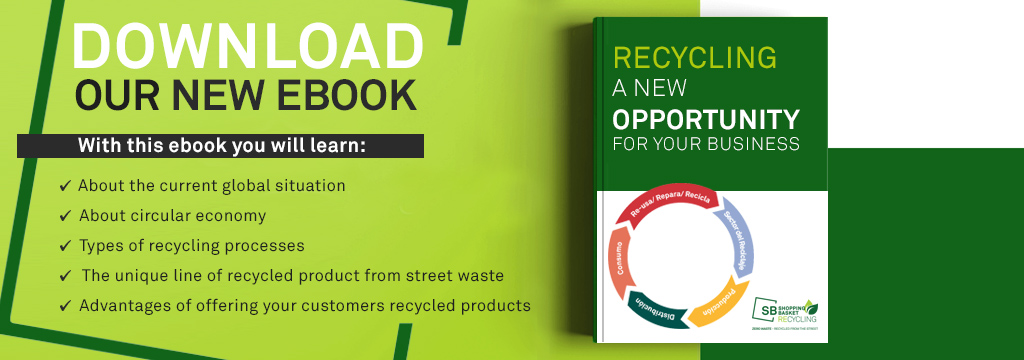
 Sign up for our newsletter and be the first to receive our articles!
Sign up for our newsletter and be the first to receive our articles!